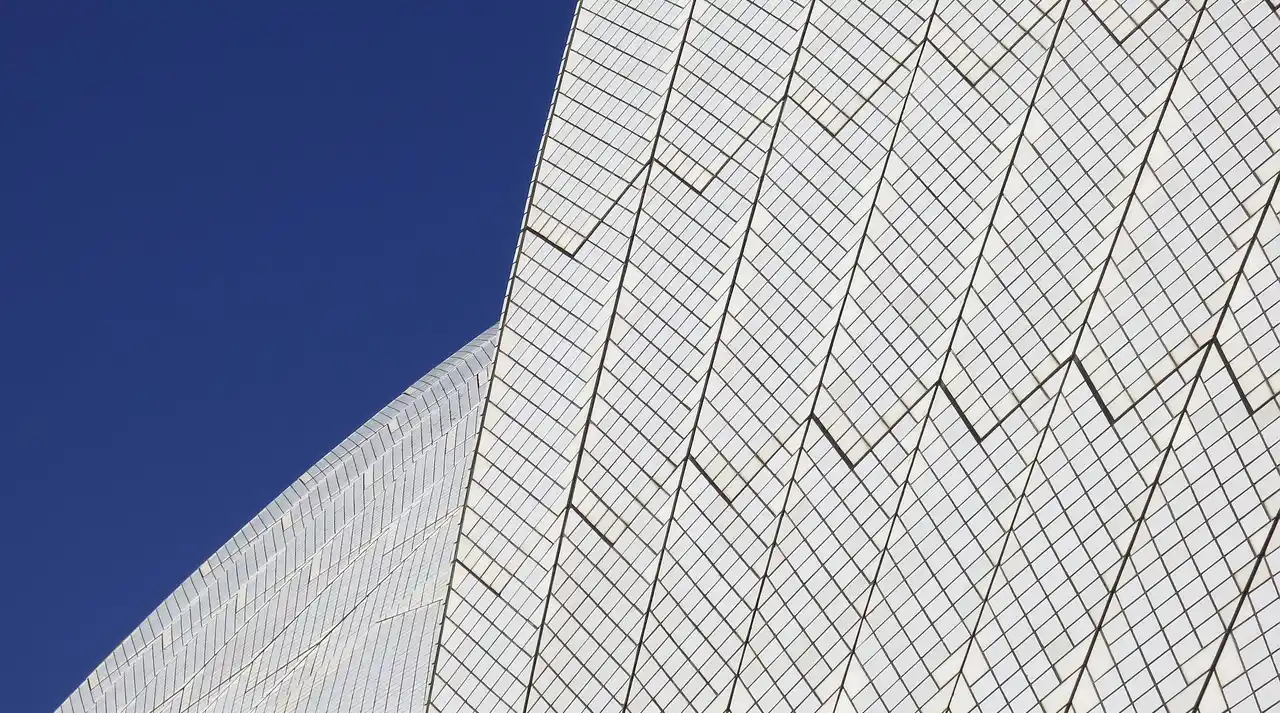The ANZ has joined the chorus of cutting fixed mortgage rates, cutting two and three-year loans by 60 basis points to 6.44 per cent. Westpac and the Commonwealth Bank also recently announced rate cuts after massive falls in global share markets.
Inflation is here to stay and Stephen Roberts, chief economist Nomura Australia said he has tentatively pencilled in an interest rate rise of .25% for November, but this could be pushed through to early 2012.
He said although there is an outside possibility the RBA could decrease official rates, however global economics would have to get much worse.
“Any rate cuts would not be on the scale of 2008, and the style would be very different because inflation is going to stay comparatively sticky,” Roberts said.
He added that even if global growth slows right down, the RBA would have a fairly limited capacity to lower rates.
Roberts advised looking into the fixed rates currently on offer, as they are a long way below standard variable rate. He said the discounted rates out there will provide excellent rates for at least the next 2-3 years.
So, want a better home loan rate?
You may be well and truly down the road of looking to refinance your home loan, but before you take the plunge consider these scenarios to avoid being worse off:
When refinancing works
Refinancing a $300,000 home loan from 8% pa to 7% pa (variable rate), property valued at $400,000 over 30 years.
Total exit costs = $2,000
Total entry costs (not incurring lenders mortgage insurance) = $600
TOTAL REFINANCE COSTS = $2,600
Repayments per month at 8%pa = $2,201
Repayments per month at 7%pa = $1,995
Saving per month= $206
- It would take 13 months to re-coup the costs of the refinancing
- Making these new interest payments would save $74,160 over the 30 years of the loan. Put the $206 monthly savings towards extra repayments and the loan will be paid off 7 years and 3 months sooner, saving you a further $119,020 in interest
When refinancing doesn’t work
Example #1
Refinancing a $255,000 home loan from 8% pa to 7% pa (variable rate) property valued at $300,000
Borrower only has 15% equity so will have to pay 1% lenders mortgage insurance (LMI)
LMI = $2,550
Discharge fee = $300
Bank Settlement fee = $300
New loan est. fee = $600
TOTAL REFINANCE COSTS = $3,750*
Interest saved in first year – $2,550
So at the end of the first year the net cost of refinancing will be $1,200. You won’t break even or start to save until at least 12 months after you refinance.
Example #2
Refinancing costs on a $240,000 loan = $1,200
Interest saved by switching to a 7% loan = $2400 in the first year, so you are immediately ahead.
*Note some variable rate home loans still have deferred establishment fees for up to five years which could add a further $1,000 to refinance costs
HOT TIP: If you wait until equity in the property is 20%, no LMI is payable.
- It’s possible to see from this example the way in which Lenders Mortgage Insurance can quickly undermine the benefits of refinancing, and the larger the outstanding balance, the higher the handicap. If you have less than 20% capital in your property and can’t find a lender to waive LMI, refinancing quite often isn’t worth the hassle.
- The other time refinancing may not work is late in the life of a loan, when the balance is less than $100,000. Most lenders are not interested in loans for under $150,000 and will only take on smaller loans at higher interest rates so you may be better off staying put.



